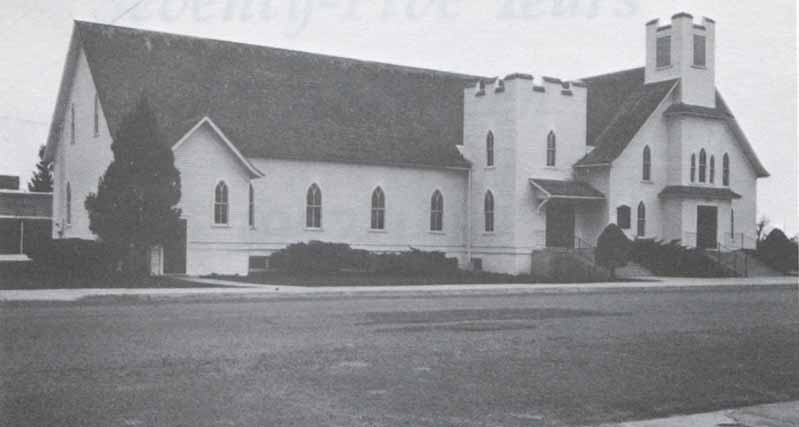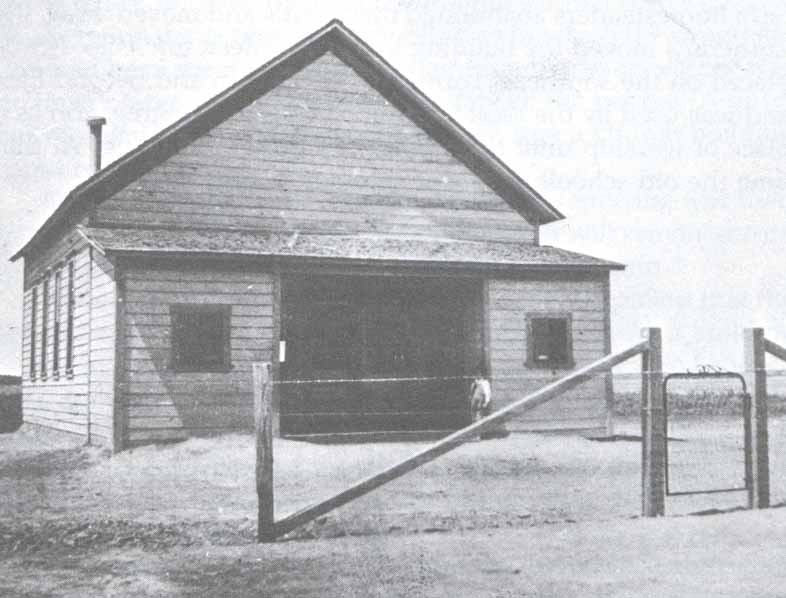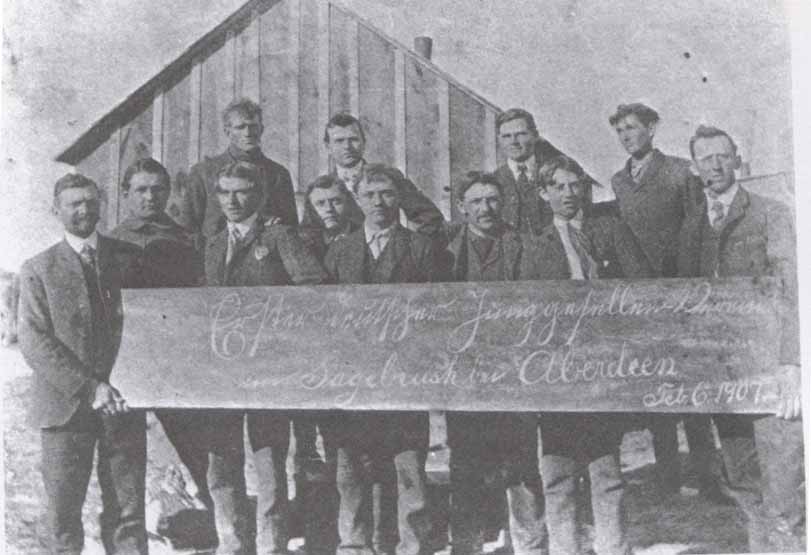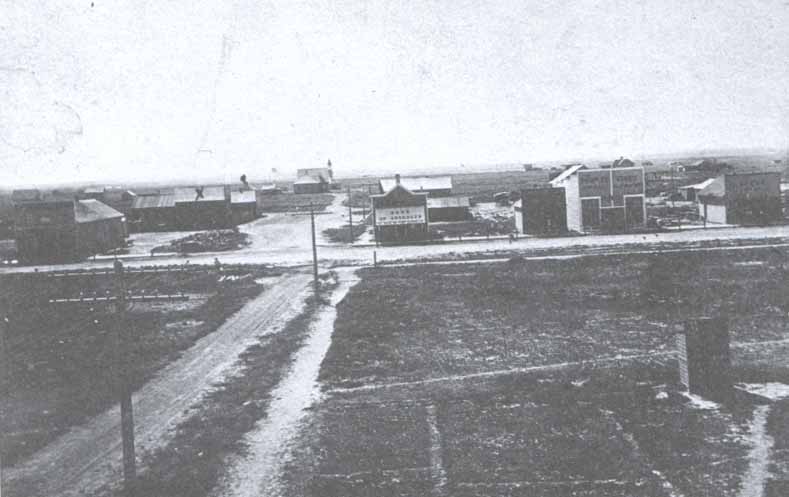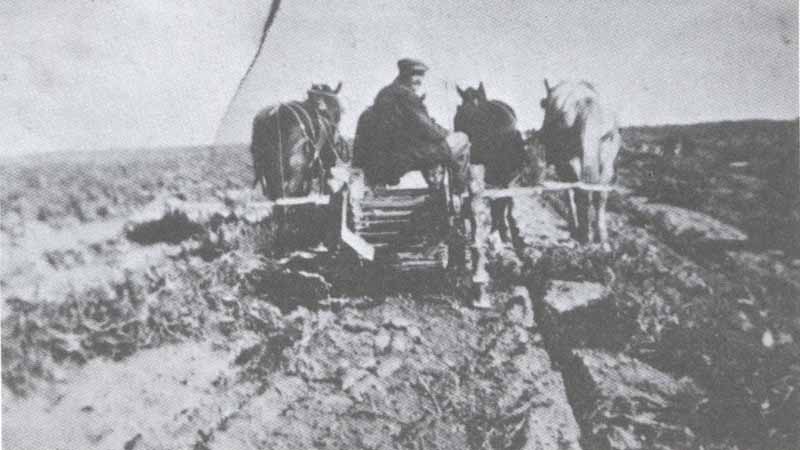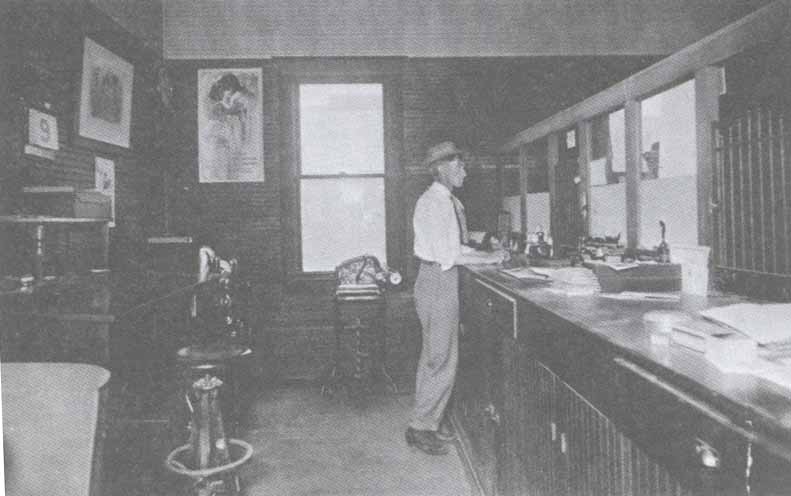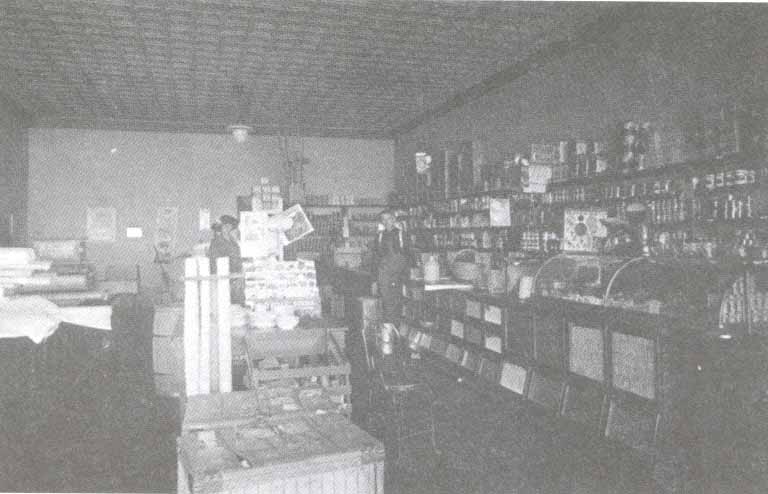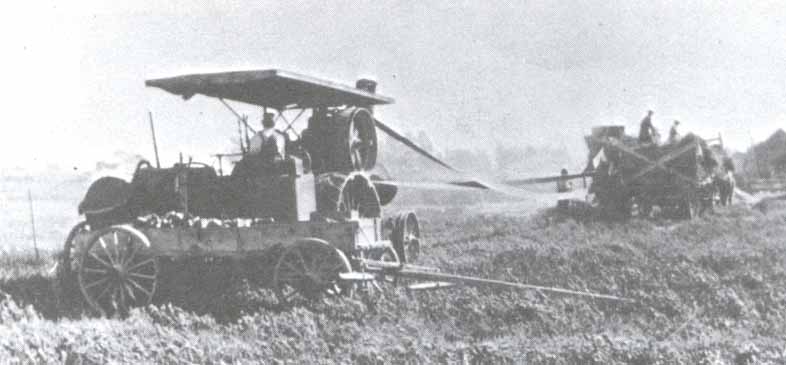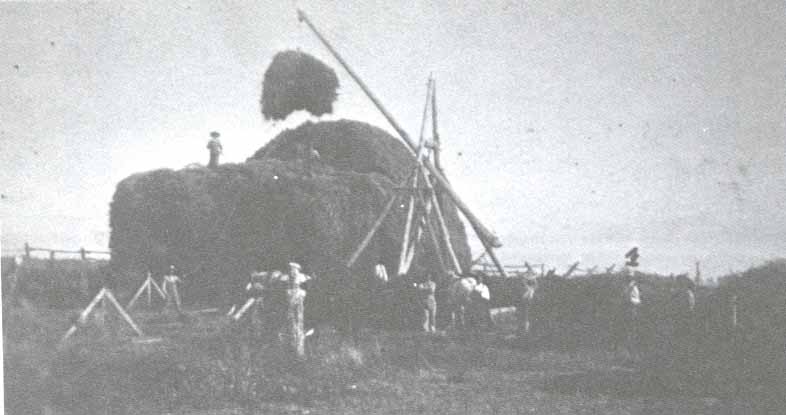|
This building, the west part of our present structure, was
erected in 1910 at a cost of $2,935.64! In Europe, after Mennonites were granted permission to
worship in meeting houses, there were still restrictions placed upon them by the state. Their meeting houses had to be located
in alleys or in other out-of-the-way places. They were not permitted to adorn their places of worship with steeples or to otherwise
identify their buildings as churches. They were not permitted to have bells to call their members to worship.
After Mennonite immigrants came to America and built churches here, they continued the building styles to which they
had been restricted in Europe. First-generation church buildings
were much like their counterparts in Europe had been. They were plain buildings, without the embellishment of a steeple.
Indications are that around the turn of the century, General
Conference Mennonite congregations began building churches with steeples. Mennonite congregations (Old Mennonite) stayed
with the plainer-type building. Steeples were ornamental and, historically, Mennonites have disdained things ornamental.
Also, it was very likely difficult to justify the cost of adding a
steeple to a building if this steeple did not have a belfry to
accomidate a bell. In earlier times when people did not have clocks in
their homes, a church bell was of greater importance in calling worshipers together than it was in more recent times when
people have clocks and watches of their own. Because many Mennonite churches were rural churches and since some members of
those churches lived beyond the sound range of a church bell, the need for a bell was diminished. Figures of the number of
Mennonite church buildings which have bells are not available. However, based on personal knowledge and observation it
would appear that our church is somewhat unique in that we do have a bell!
During the early years the church was lighted with gasoline lamps. In 1916, the municipal government of the village of
Aberdeen passed an ordinance which permitted electric lines to be built into Aberdeen. That year, First Mennonite Church sold its
gasoline lamps to J. P Wedel for $3.00 and installed electricity in the church. Pastor Elmer J. Neuenschwander and his wife,
Alina, had friends, very likely in the Neuenschwanders' home church in Berne, Indiana, who contributed the money to buy the
original electric light fixtures for the sanctuary. The first month's electric bill was ninety cents!
As the photo shows, originally our church had a pointed steeple. When the church building was remodeled during the
1930's in connection with the building of the east wing addition, the pointed spire was removed and replaced with the parapet
and battlements. This apparently reflected a change of building
style which had come into vogue during that time.
|
|
Mennonite Families of
Aberdeen
The book by
Harder contains specific information on the following early Mennonite
families of Aberdeen: Aeschliman, Boettner, Babb, Bartel,
Baumgartner, Becker, Bill, Brucks, Chrisman, Claaasen, Coatney,
Countryman, Cox, Dalke, Dirks, Eagle, Enns, Epp, Farnsworth, Fast,
Friesen, Funk, Giesbrecht, Gossen, Graber, Harder, Harms, Hege,
Hiebert, Hilacan, Hoffer, Hofmeister, Horsch, Huether, Hunsinger, Huse,
Isaak, Johnson, Jones, Kauffman, Klempel, Kliewer, Koehn, Kosanke,
Krehbiel, Langenwalter, Lehman, Lehrman, Leischner, Leisy, Linscheid,
Maisch, Mills, Moser, Neuman, Nugent, Peters, Pierce, Richard,
Ritechey, Ruff, Schmidt, Schroeder, Schweitzer, Selzer, Smith,
Steiner, Steinlicht, Stevens, Stucky, Tiahrt, Tieszen, Toevs, Unruh,
Dorien, Vollmer, Walters, Wedel, Weech, Wenger, Wiebe,
Wilson. |
